8 Indian Dishes and their Origins
A melting pot of culture and traditions. India is a paradise for anyone seeking adventures of the gastronomic kind. Each State in India offers unique delicacies. So, what is the origin of some famous Indian dishes? Prepare yourself to dive into a world of spice-packed, flavor, and fragrance rich Indian food.
Origin of Indian Dishes:
You may have traveled all across the world trying all sorts of cuisines, but when you need your comfort food, that’s when you realize that there’s nothing quite like Indian Dishes. The aromatic curries, masala-packed fries, biryani and parathas, they work miraculously to lure you into their spell. Every dish is an exceptional mix of spunky ingredients.
Since some historical accounts are largely dependent on oral histories. A few facts might have gotten blurry as to when they were written and accounted, so bear with us. Regarding those that have multiple contradictory theories that even food historians can’t agree upon.
Follow us on Instagram WarPaint Journal.
Let’s start with the history and origin of some very common Indian dishes we all love.
Ayurvedic Ambrosia: Chai
Every coffee house we visit today has Chai on their menu. The history of Chai may date back to about 100 years but it still is a wakeup call to many in Indian households. A friend, a healer, and a companion – Chai is synonymous with so many emotions. People love drinking coffee, but for a lot of Indians, nothing can replace a good-old cup of chai.
What’s the Origin of this life-giving ayurvedic ambrosia?
In 2737 BC, the Chinese emperor Shen Nung was sitting beneath a tree while his servant boiled drinking water when some leaves from the tree blew into the water. Shen Nung, a renowned herbalist, decided to try the infusion that his servant had accidentally created. The tree was a Camellia sinensis, and the resulting drink was what we now call tea.
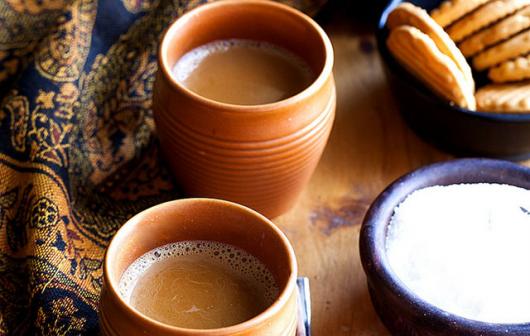
Tea came to India in 1835, the British set up tea plantations in Assam, India. With this, we saw the origin of our very own ‘Masala Chai’- a blend of spices with milk and sweetener. By the 1960s the popularity of Masala Chai grew and so did the imports and export. The trend of Masala Chai to chai changed when it took stakes in American markets. Hence, now we have ‘spiced tea’ as Masala Chai and Chai as just Tea.
Hello, Fraaands Chai pee lo!
Udipi, Chettinad & more: Idli Street
One of the most regular items on the Indian breakfast list. The item is easy to make, light on the stomach, and low in calories. You are in for surprise. Idli does not originate from the Indian Subcontinent.
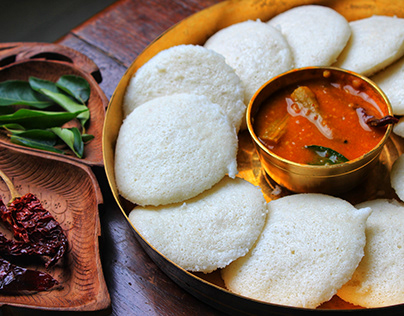
Chinese Scholar Xuanzang,7th Century mentions Rice Cakes referring to them as Kedli. While his theory states that an Indonesian Chef in Chola Empire used to make Kedli. Food historian Achaya says this exchange of culinary has Indians making the unique idli recipes using rice batter and lentils, leaving them to ferment overnight before steaming them as individual dollops.
It may have originated in faraway lands, but idli’s now considered a most quintessential Indian dish.
Sambhar Stories: The Story of Sambhar
Every Dish we eat in India has a story to tell. As for Sambhar, it is a popular Indian dish. Inseparable from Idli, Dosa, and love of any North/South Indian. No doubt that Sambhar is an Indian Dish.
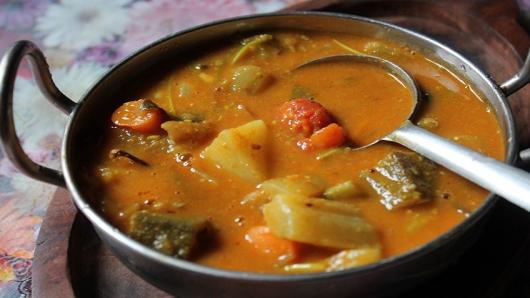
If you read the history, you’ll know that the origins of Sambhar are from the Kitchen of Thanjavur Maratha Ruler, Shahuji’s. The Chefs in Shahuji’s Kitchen were trying to make amti, a blend of Toor dal instead of Moong dal with Tamarind Extract. In court that day guest was Sambhaji, names after the Maratha Ruler Sambhar found its name.
Whether it originated in Tamil Nadu or Maharashtra or Karnataka, all we know today is that Sambar is an extremely popular world over. How can one miss eating Idli, Vada, and Masala Dosa without Sambhar and coconut chutney?
Are you a Sambhar lover? Do share your tempting recipes with us.
One True Love Among the Indian Dishes: Samosa
Most famous snack in India, Samosa.
Spicy, Hot, and always available Samosa was never our dish. Its origins are traced back to Central Asia. The legend goes various traders traveled to India using ancient trade routes from Central Asia. Since heavy food could not be carried around, they started cooking small, crisp mince-filled triangles that were easy to make at the campfire during night halts and were also convenient to be packed into saddlebags as snacks for the next day’s journey.
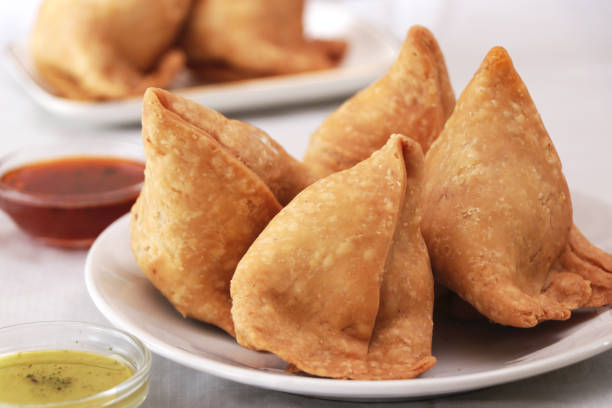
The samosa was a super-hit, both among the locals and kings. It is also said that the triangular potato/meat-filled savory dish actually has origins in the Middle East. Originally called ‘sambosa’, the Indian samosa was actually introduced to the country sometime between the 13th/ 14th century.
Grilled Aromas: Kebabs
There’s nothing better than warm weather and the smell of grill aromas saturating the air. It’s kind of like the pizza of the grill. It’s simple, but you can also get as creative as you want with what you put on the skewer.
Ibn Battuta, the famous Moroccan traveler has mentioned that Kebab was an integral part of the daily diet of Indian royalty(1200AD). No wonder the Afghan plunderers and invaders brought it to the Indian kitchens long before the Mughals ventured in.
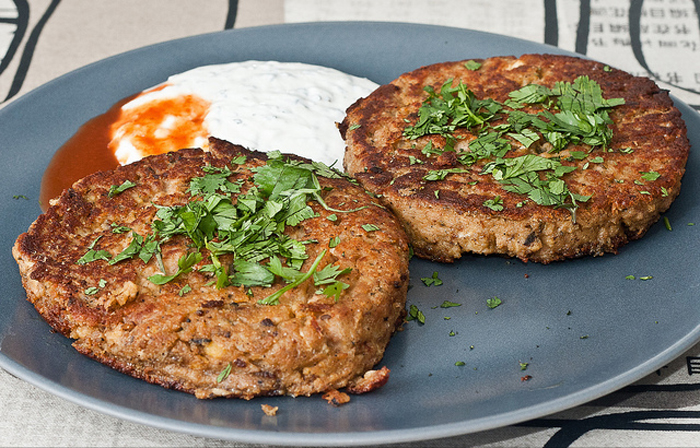
The first kind of “kebab” dates all the way back to the 17th century BC in Greece. Excavations carried out in the area found what is called firedogs. They were stones carved. They look like long dog-like animals that would have slots for skewers to lay in. The firedogs would be placed in the fire and meat would be skewered on and cooked over the fire. These “kebabs” would be known as souvlakis and are still a very popular Greek cuisine.
But kebab in the Indian context is not just about meats. In fact, some delectable Indian variations like Hariali Kebab, Paneer Tikka and Dahi Ke Kebab owe their origin to India.
The Origins of Indian Dishes: Pav Bhaji
We all love a good plate of pav bhaji that comes with dollops of butter melting on the dish, don’t we?
But we’re pretty sure you didn’t know about the origin of this amazing dish that has become so famous that it is synonymous with the city of Mumbai.
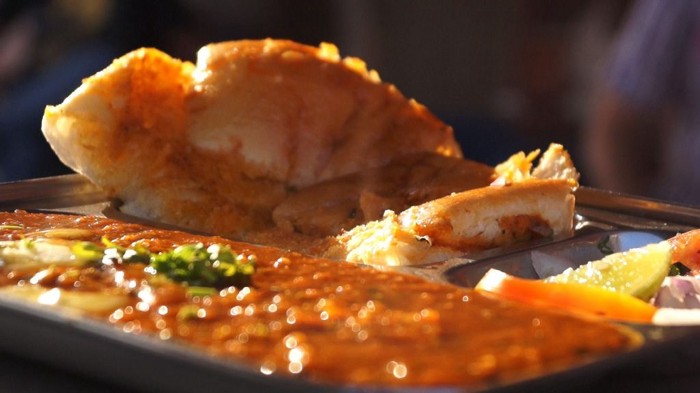
Well, the most important ingredient to make Pav Bhaji is part of Portuguese Culture. Pav gets its name from one quarter in a section of four, which is how the bun is usually baked. Later, the Portuguese handed over Bombay to the British in dowry when Princess Catherine D Bragenza who was married to British Prince Charles II.
However, they just got us the Pav. Pav Bhaji gained fame later on as a Soul food made in the American Civil War for Cotton traders.
When the American Civil War was going on, the British didn’t have a stable supply of cotton. And so, they came to India looking for it. The mills started getting huge orders and the workers would often have to work late into the night. And to keep the workers fed, vendors would be found outside these mills selling plates of pav bhaji!
Most Popular curry in India: Butter Chicken
One of the Indian Dishes which is mildly spicy, creamy, savory in flavor makes it more than just delicious, but accessible to almost every palate. Almost every Indian restaurant in the world has this famous and simple dish on their menu.
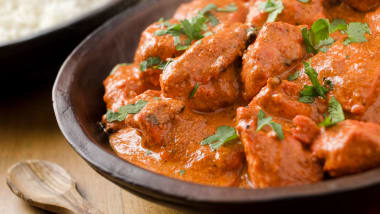
Butter Chicken was born in the Delhi kitchen of Moti Mahal in 1947. Moti Mahal was already selling some delightful Indian Tandoori Dishes. So the story goes, the cooks of Moti Mahal would mix leftover marinade juices with butter and tomato, and then stew the tandoor-cooked chicken in it. The dish was originally named “Murg Makhani” and is without doubt the most popular dish to emerge from India.
So, Butter Chicken with Naan or rice?
Last on Indian Dishes which make your mood from zero to Hero: Any Guesses?
This aromatic meal which is made primarily with long-grained rice and meat was popularized by the Mughals when they invaded India during the 16th century. It is with their hands that a different culinary trend was set on Indian soil which became an integral part of Indian culture.
Though Biryani was popular among the Mughals. According to some food historians, the dish was similar to Tamil cuisines made of rice that date back to 2 A.D. A dish called “Oon Soru” whose chief ingredients were rice, ghee, meat, turmeric, coriander, pepper, and bay leaf was popular during that time as it was prepared for the soldiers.
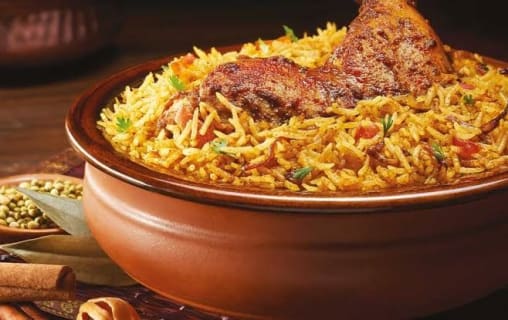
Even in the manuscripts of the famous traveler and historian Al Beruni, one can find references for dishes made of rice that resemble biryani in their method of preparation and the basic ingredients used. Biryani was propagated by the Islamic Persians who invaded India before the Mughals. The word “Biryani” — derived from the Persian word “birian” which means “fry before cooking”. As the ingredients- fried before cooking in an air-tight vessel, hence the name Biryani is quite aptly suggested for this aromatic preparation.
Read about 13 Indian Desi Snacks: Travelling for taste?

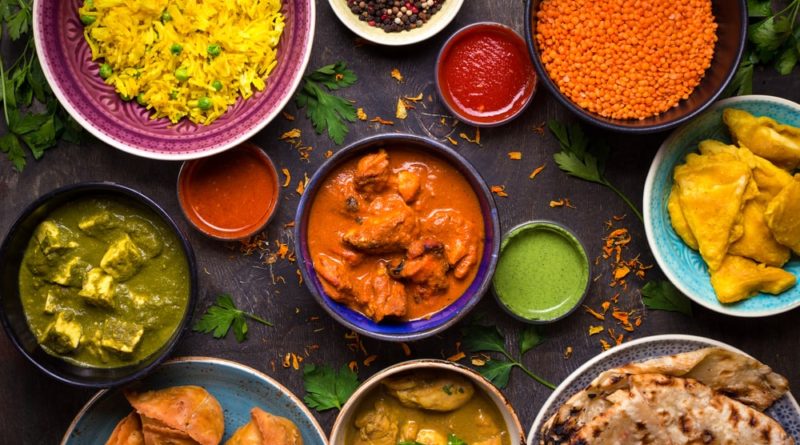
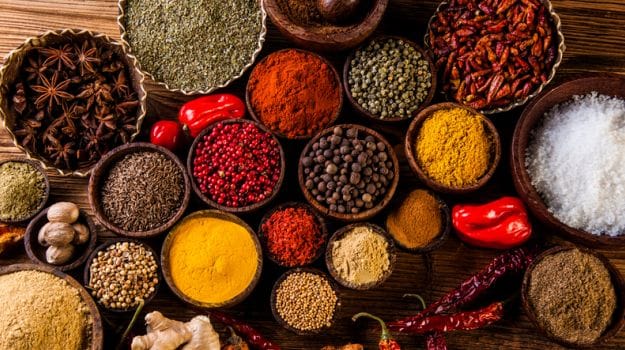



Pingback: 13 Best Places To Have Momo in Delhi - WarPaint Journal